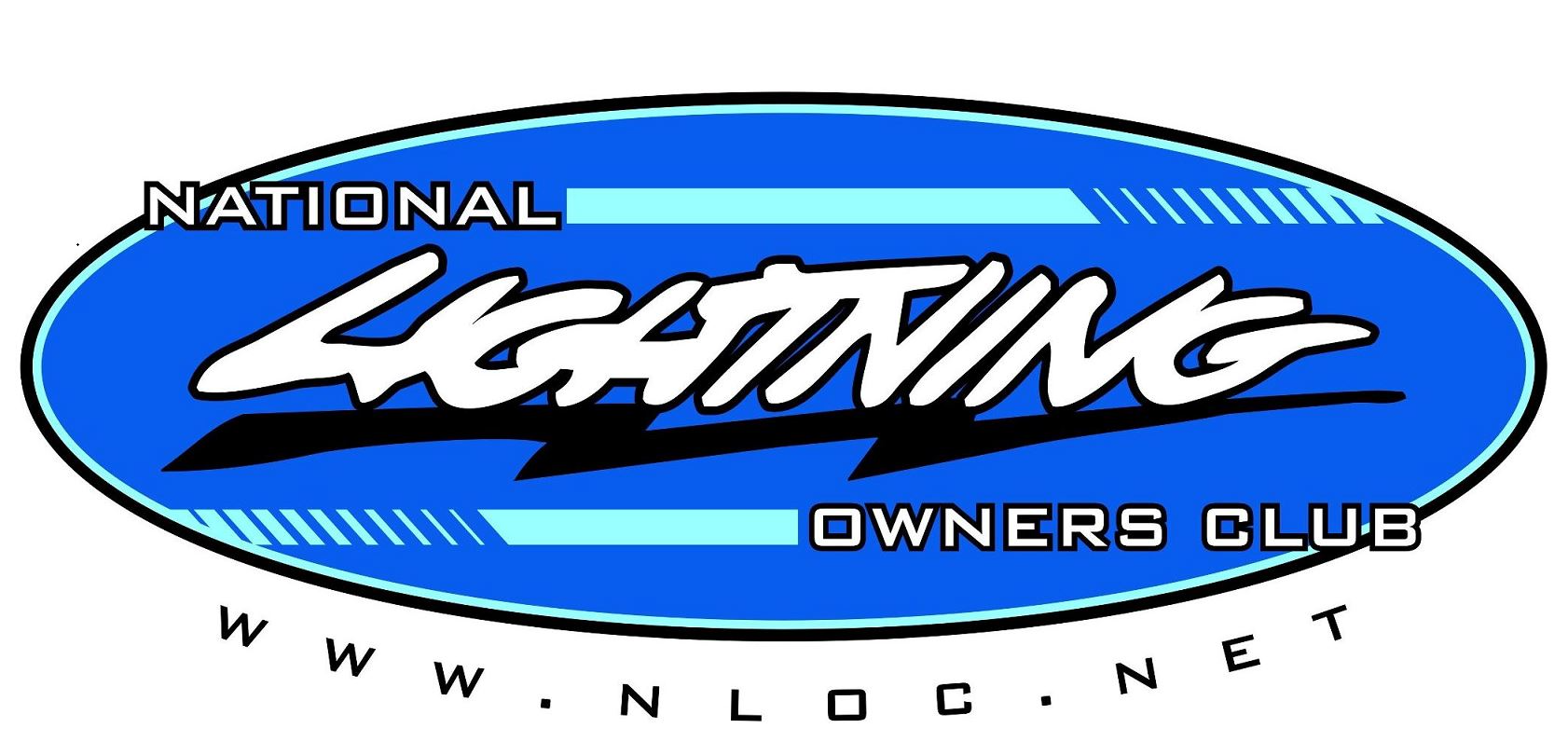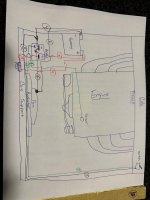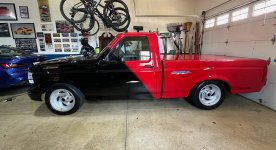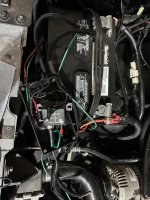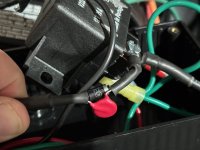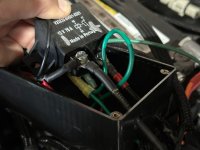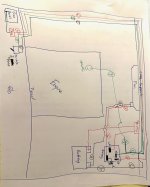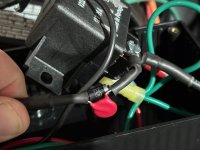So I finally got my truck back and it's running! Well, mostly. Last time I took it out the e-fan failed to function and the truck got very hot, Fortunately, I was pulling into my garage when I noticed. Anyway, I have an old Struckby electric fan controller and fan. The fan spins freely, the battery is good and everything is connected. I've attached a diagram of the wiring, and to be honest wiring kind of scares me, its not my strong suit. I have only a very basic understanding of relays too. Can someone help explain to me how this is supposed to work and what I should be testing?
The guy who had my truck suggested grounding the wire going to the sensor and the fan should come on. It's just a single wire that slides over a post, doesn't seem very legit. I unplugged it, ran a wire from that connector to the negative battery terminal and nothing. I'm not sure if this was bad or not, but I touched wire #8 to the positive battery terminal and the fan did fire up and run.
I really want to get this figured since I cant drive the truck without a fan. And I need to determine if I have a hot restart issue or not. Plus, after soooo many years I just want to drive this darn truck again!
The guy who had my truck suggested grounding the wire going to the sensor and the fan should come on. It's just a single wire that slides over a post, doesn't seem very legit. I unplugged it, ran a wire from that connector to the negative battery terminal and nothing. I'm not sure if this was bad or not, but I touched wire #8 to the positive battery terminal and the fan did fire up and run.
I really want to get this figured since I cant drive the truck without a fan. And I need to determine if I have a hot restart issue or not. Plus, after soooo many years I just want to drive this darn truck again!
